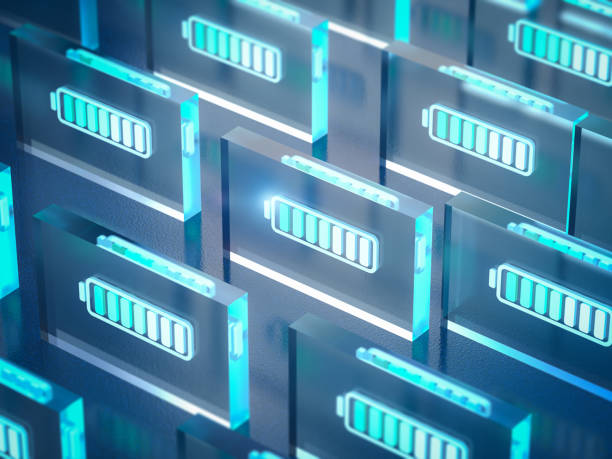Lithium batteries are an energy storage conversion device that is used more and more widely. Because of its excellent electrochemical performance, it realizes a market application scenario of small-medium-large-sized that keeps pace with the times. In terms of small applications, that is, consumer electronics, medium-sized applications are in new energy vehicles, and large-scale applications are usually in base stations. Generally, we call them energy storage batteries.
The working principle of lithium batteries is nothing more than charging to store energy, discharging into other energy and releasing it. It is in an idle state when neither charging nor discharging. Therefore, the correct use of lithium batteries has three major aspects: correct charging, correct discharge, and correct maintenance.
Correct charging method of lithium battery
Seize the time and prevent overcharging. Do the right thing at the right time. Although lithium batteries themselves have excellent electrochemical properties, any thing that deviates from its equilibrium state will have safety hazards.
1. When you charge, you charge. Under normal circumstances, when the battery is too low, it needs to be recharged in time. Although a low battery will not cause direct safety accidents, excessive use will cause damage to the battery structure over time.
2. Just fill it up. The interior of the lithium battery cell is also composed of many components. If the function of any component declines, overcharge safety risks will occur, which may eventually lead to combustion and explosion.
3. Avoid multitasking. Try to avoid using it while charging, as it can easily overheat the lithium battery and pose certain safety risks.
Correct discharge method of lithium battery
Charge in time to prevent over-discharge. Theoretically, the total cycle life of lithium batteries will be longer after deep discharge, but the risk is that over-discharging the battery will cause the battery voltage to be too low and unable to charge normally.
Lithium-ion batteries are not suitable for high-current discharge. When discharging with excessive current, a higher internal temperature will be generated, which will cause energy loss and reduce the discharge time. If there are no protective components in the battery, overheating will occur and damage the battery. According to the battery manufacturer The maximum discharge current cannot exceed the maximum discharge current given in the product characteristics table during use.
The discharge curves at different temperatures are different. At different temperatures, the discharge voltage and discharge time of lithium-ion batteries are also different. The battery should be discharged (work) within the temperature range of -20°C to +60°C.
Correct maintenance methods for lithium batteries
Suitable temperature, protection against cold and heat. When idle, lithium batteries usually do not cause safety accidents. The purpose of daily maintenance is to place the lithium battery in a suitable environment, thereby delaying the aging of the battery.
In fact, one of the parameters in the design of lithium batteries is the appropriate temperature. Relatively speaking, lower temperatures are not a big problem, but if they are placed at higher temperatures, safety issues will also arise. The idle state is only in the normal environment. If the lithium battery is placed in water or near a fire source, it is no longer a topic of “maintenance”.
It is moisture-proof in terms of water and anti-exposure in terms of heat. Therefore, the suitable environment for daily maintenance of lithium batteries should be ventilated and cool. This theory should be followed whether the lithium battery is idle independently or in an electrical appliance.
Among the correct ways to use lithium batteries, the charging method of lithium batteries is the most important, because incorrect charging methods can cause safety problems, and discharge and daily maintenance only affect the service life of lithium batteries. The Batería de Litio itself is also a kind of Consumables, no matter what methods we take, cannot avoid their eventual wear and tear. We just need to use the correct method to delay their aging.


